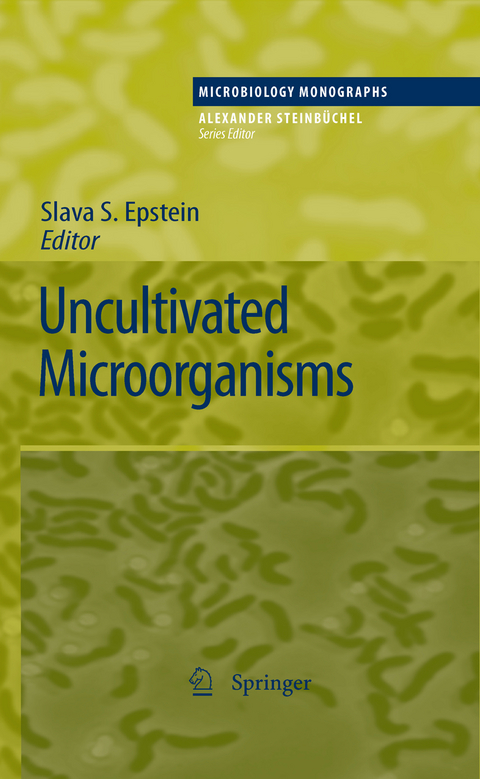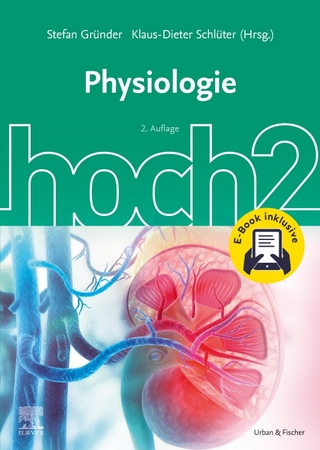Uncultivated Microorganisms
Springer Berlin (Verlag)
978-3-540-85464-7 (ISBN)
S S Epstein: The long history of a puzzling phenomenon; J Bunge: Statistical estimation of uncultivated microbial diversity; M L Sogin, J A Huber: Unveiling microbial diversity through advances in DNA sequencing; T Gentry, Z He, J Zhou: Detection and Characterization of Uncultivated Microorganisms using Microarrays; A Boetius: Measuring geochemical activities of uncultivated microorganisms; M Podar, M Keller, P Hugenholtz: Insights into novel biodiversity using single-cell genome amplification approaches; T Schmidt, A Konopka: Slow growing microbes: ecological strategies and consequences for cultivation; R Colwell: Viable but not cultivable microorganisms; S S Epstein: General model of microbial uncultivability; V Miao, J Davies: Metagenomic approaches to drug discovery; K Lewis: Persisters, biofilms, and the problem of uncultivability; K H Nealson: Taking the concept to the limit: uncultivable bacteria and astrobiology.
| Erscheint lt. Verlag | 23.7.2009 |
|---|---|
| Reihe/Serie | Microbiology Monographs |
| Zusatzinfo | X, 208 p. 33 illus., 10 illus. in color. |
| Verlagsort | Berlin |
| Sprache | englisch |
| Maße | 155 x 235 mm |
| Gewicht | 537 g |
| Themenwelt | Studium ► 1. Studienabschnitt (Vorklinik) ► Physiologie |
| Naturwissenschaften ► Biologie ► Ökologie / Naturschutz | |
| Schlagworte | Astrobiology • Bacterial biodiversity • biodiversity • Biofilm • Biofilms • Biogeochemical activities • DNA arrays • Metagenomics • microbe • Microbiology • Microorganism |
| ISBN-10 | 3-540-85464-9 / 3540854649 |
| ISBN-13 | 978-3-540-85464-7 / 9783540854647 |
| Zustand | Neuware |
| Haben Sie eine Frage zum Produkt? |
aus dem Bereich




